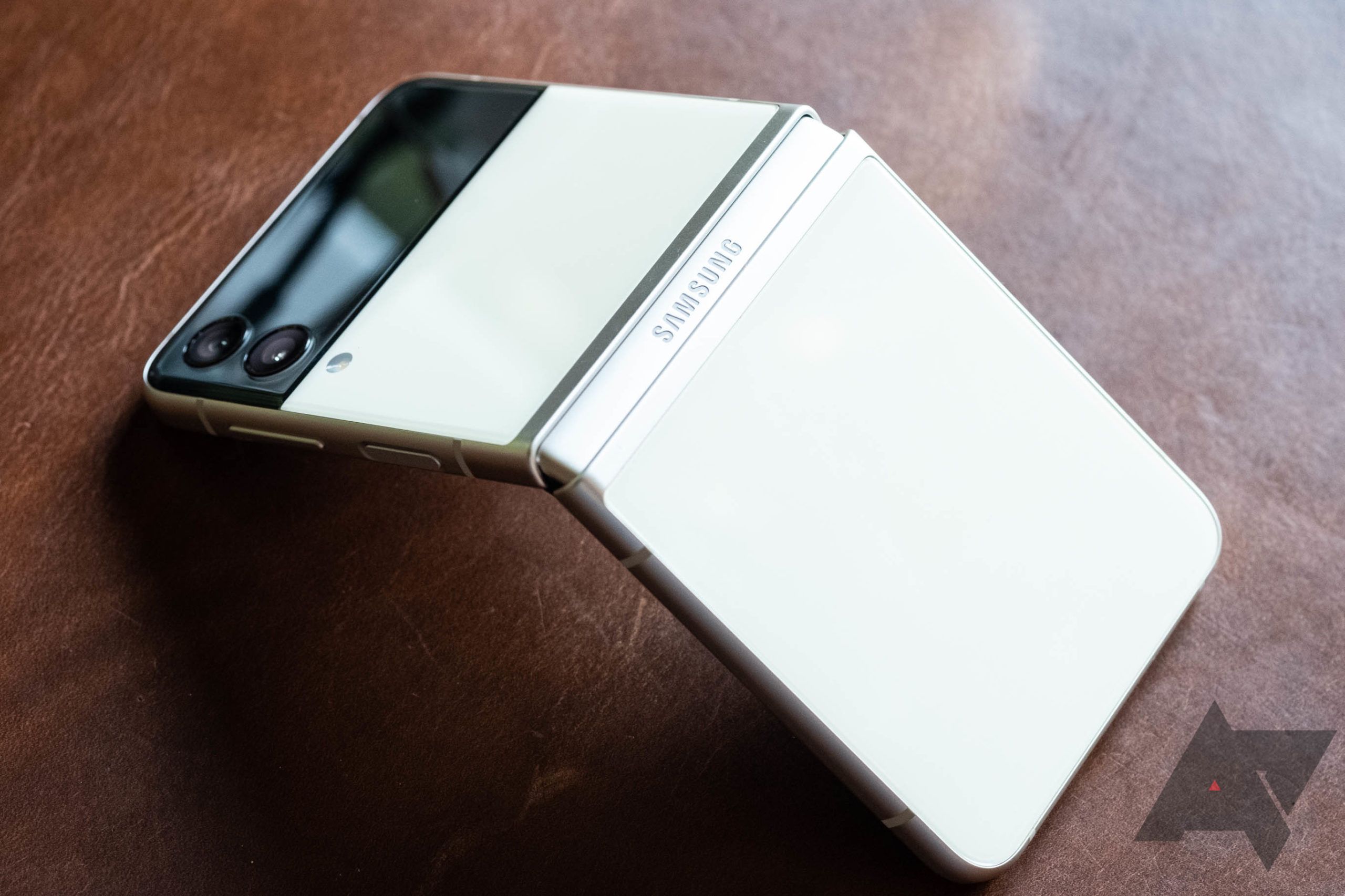Samsung's OG Galaxy Fold launched in 2019, and as you'd expect from a first-gen product, it features some rough edges. But the company has been refining the form factor over three generations now, all while bringing the clamshell design back from the dead in 2020 with the original Galaxy Z Flip. With how much it has pushed the segment forward, you can say that Samsung is the undisputed king of foldable smartphones. You don't have to take our word for it, either — the figures speak for themselves.
OEMs have distributed approximately 11.5 million foldable smartphone units between 2019, when Samsung launched its first device, and the end of 2021, according to Omdia. The report notes that the most sales came in the second half of 2021 when the industry sold about 8 million units compared to 9 million for the entirety of 2021. That date correlates with the launch of Samsung's third-gen foldables in August.
The company's foldable phone shipment figures are nothing short of impressive. Samsung has managed to sell more than 10 million units, constituting over 88% of the market. The Galaxy Z Flip3 5G has been its best performer, racking up over 4.6 million (52% of the entire market) shipments to become the world's largest foldable smartphone model. The Galaxy Z Fold3 5G has also been going strong, managing over 2.5 million units to mark its place as the second most shipped foldable smartphone in 2021. Samsung is far ahead of the competition because of how much it invests in its foldable phones. The result is ever-improving product quality over three generations, alongside decreasing prices.
When buying a foldable, you really only have Samsung devices to choose from. Its closest competitor — in sheer numbers, at least — is Huawei. But the company has only managed around 1.2 million sales, in part owing to the continued lack of Google services that make it hard to recommend. Other players in the segment — albeit at much smaller levels — include Xiaomi's Mix Fold, which is basically a first-gen product; Oppo's recently released Find N, which lacks software polish; and Motorola's aging Razr, which isn't anywhere near as polished as the Flip3.

